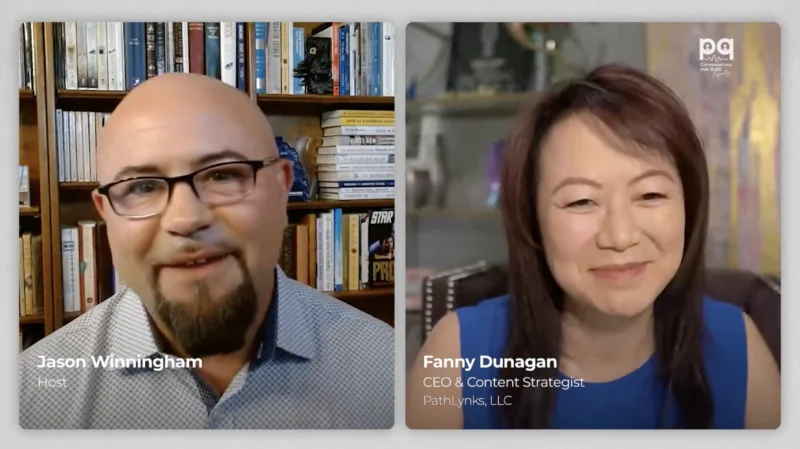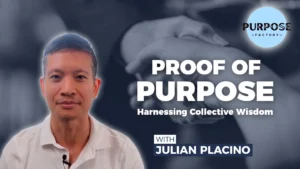With Interest Rates At a 15-Year High, Businesses Should Reevaluate Debt Spending Strategies
The recent interest rate hike has brought us to the highest interest rates we’ve seen in over a decade. Even though the Fed is hinting at this being the highest point for the current saga of interest rate increases, businesses should carefully consider their debt spending strategies.
The Federal Reserve has approved its 10th interest rate increase in just over a year, raising the benchmark borrowing rate by 0.25 percentage points, reaching a target range of 5%-5.25%. Despite concerns over economic growth and a banking crisis, Fed officials insist they are focused on inflation, which remains well above the 2% target, while the labor market stays strong.
Tighter credit conditions for households and businesses are expected to impact economic growth, which remains “modest,” while job gains are “robust,” and inflation is “elevated.”
How should businesses continue to maneuver this peak rate climate, especially when looking to spend on credit? Deleveraging and refinancing are the two most popular strategies, but both come with pitfalls that need to be considered. Dr. Joshua Wilson, Founder and President for United Ethos Wealth Partners, offers some debt spending strategies for businesses as they maneuver the current economic climate of demand destruction.
Joshua’s Thoughts
“With the latest interest rate hike, we’re now at the highest interest rates we’ve seen since 2007. Businesses are asking, how should we spend our money and how should we think about debt spending?
First off, I agree with the traditional advice of deleverage and refinance, but there’s a couple pitfalls in both of those strategies you should be aware of. First off, when deleveraging, in other words, paying down existing debt, remember you’re going to need cash. And ultimately, I think you should be bolstering cash, strengthening your position by retaining earnings, delay non-essential investments, and optimize your working capital. That can give you a buffer to absorb shocks. Keep cash, build cash, be careful about paying down, especially low interest rate debt with cash.
Now, refinance, if you can refinance to a lower interest rate, great, but a lot of us are going to struggle to do that since interest rates have risen so quickly. So, be careful about doing that, especially if your debt is lower than the rate of inflation. If your interest rate is lower than the rate of inflation, it’s almost like getting paid to hold the debt. So, bolster your cash reserves and exercise extreme caution when taking on any new debt at these high interest rate levels. Make sure you’re only spending money on things that have a fast return or a high return. Lastly, consider alternative financing options, such as equity financing, leasing, trade credit. Those types of things can give you access to capital without incurring the costs and the risk associated with high interest debt.”
Article written by Adrienne St. Clair.







